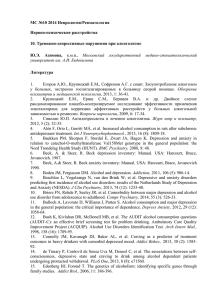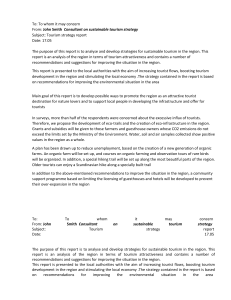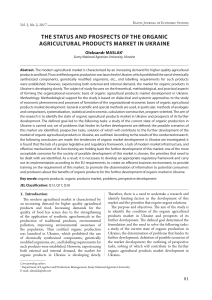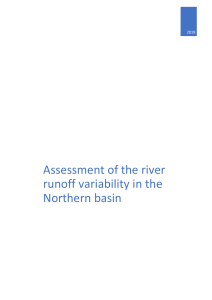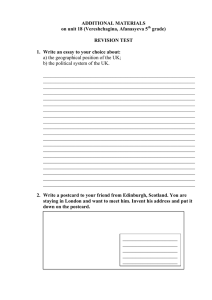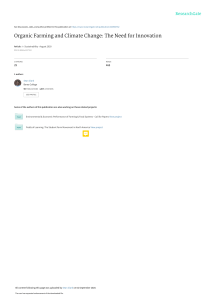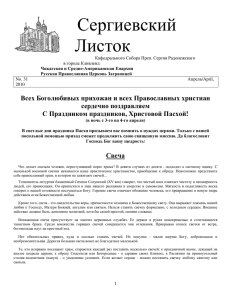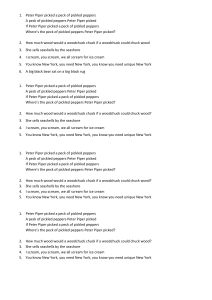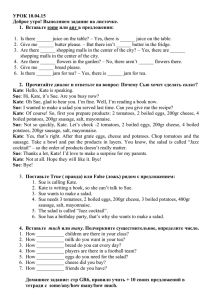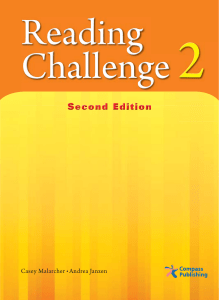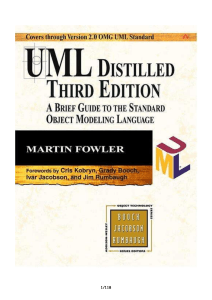Resource dependence is when one organization has to rely on another organization for a resource
advertisement
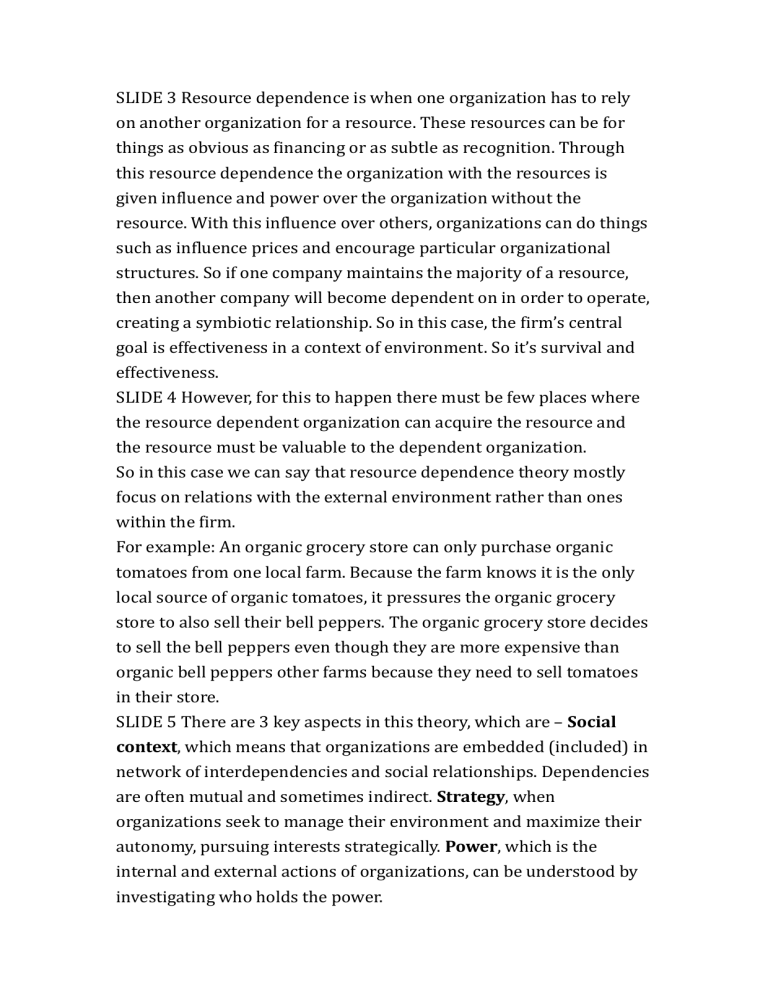
SLIDE 3 Resource dependence is when one organization has to rely on another organization for a resource. These resources can be for things as obvious as financing or as subtle as recognition. Through this resource dependence the organization with the resources is given influence and power over the organization without the resource. With this influence over others, organizations can do things such as influence prices and encourage particular organizational structures. So if one company maintains the majority of a resource, then another company will become dependent on in order to operate, creating a symbiotic relationship. So in this case, the firm’s central goal is effectiveness in a context of environment. So it’s survival and effectiveness. SLIDE 4 However, for this to happen there must be few places where the resource dependent organization can acquire the resource and the resource must be valuable to the dependent organization. So in this case we can say that resource dependence theory mostly focus on relations with the external environment rather than ones within the firm. For example: An organic grocery store can only purchase organic tomatoes from one local farm. Because the farm knows it is the only local source of organic tomatoes, it pressures the organic grocery store to also sell their bell peppers. The organic grocery store decides to sell the bell peppers even though they are more expensive than organic bell peppers other farms because they need to sell tomatoes in their store. SLIDE 5 There are 3 key aspects in this theory, which are – Social context, which means that organizations are embedded (included) in network of interdependencies and social relationships. Dependencies are often mutual and sometimes indirect. Strategy, when organizations seek to manage their environment and maximize their autonomy, pursuing interests strategically. Power, which is the internal and external actions of organizations, can be understood by investigating who holds the power. SLIDE 6 As we know that resource dependence theory is focused on external environment. And as such this theory views organizational conditions in a particular way. It presumes that there is environmental determinism. Which means that organization’s behavior can be explained by looking at the organization’s context such as external constraints and control. It also assumes that an organization’s specific goals are contingent on dependence relations that keep it alive, so these are relationships that secure its necessary resources. Within this context of resource dependencies, the firm’s main goal is to find greater certainty so relationships that persist and are clear and advantageous as well as autonomy, so they are looking for relations that render them independent or in control. Last, organizations are viewed as responding to resource dependencies in at least two ways. They can either comply and adapt to these dependencies or they can avoid and manage them. SLIDE 7 So what are the core features of resource dependence theory? One of the most important features of the theory concerns the resources involves and how they establish dependencies. To identify resource dependencies, it helps to ask ‘What are the key resources in an environment?” “Who controls the resources in question? Resources come in a variety forms and they’re valued differently depending on their importance and availability. And they differ in terms of who has discretion and control over them. There are various types of resources that firms depend on, such as physical materials. These might be actual materials the organization builds a product from. But firms may also depend on technical resources, like information or knowledge as well. And last, they may depend on social resources, like prestige and reputation that enable them to survive. SLIDE 8 All these resources can vary in value. On the one hand, the value could differ by the importance of the resources. Is it in demand? Is it valued? Does the firm need the resources to survive? Is there a critical resource? For example: What does NTUST need to survive? Does it absolutely need students? Does it require a physical location, books, teachers, money, and food? What can it live without? What can’t it live without? Is there a demand for safety, healthy food, expert teachers, and awards? So what resources are considered most and least important? On the other hand, does the availability or supply of the resource influence its value? Is the resource scarce? Do only some of the other organizations have it? Are there alternatives to this resource or can another kind of resource can be substituted for it? Let’s consider NTUST again. What does it offer? What does NTUST offer that is unique, that no one else can provide? Discretion over resource also defines relations of resource dependence. Discretion is defined in at least two ways, first who controls the resource? Can the exchange partner dictate how you use the resource? Does the government regulate the resource? Is your firm dependent on the supplier for materials and funds? Second, what controls dependencies? What laws are in place? What are the copyrights or contracts and licenses that exist that prevent us from sharing certain curricula? So resource dependence varies from a variety of factors – there are different types of resources, and they can vary in value due to their importance and availability. And then certain actors and institutions can control discretion over those resources. So important rare resources are of greater value. Moreover, actors and institutions that have the greatest discretion over these resources and the least amount of dependence will be more autonomous and capable for forging certain relations with other firms in the environment.
